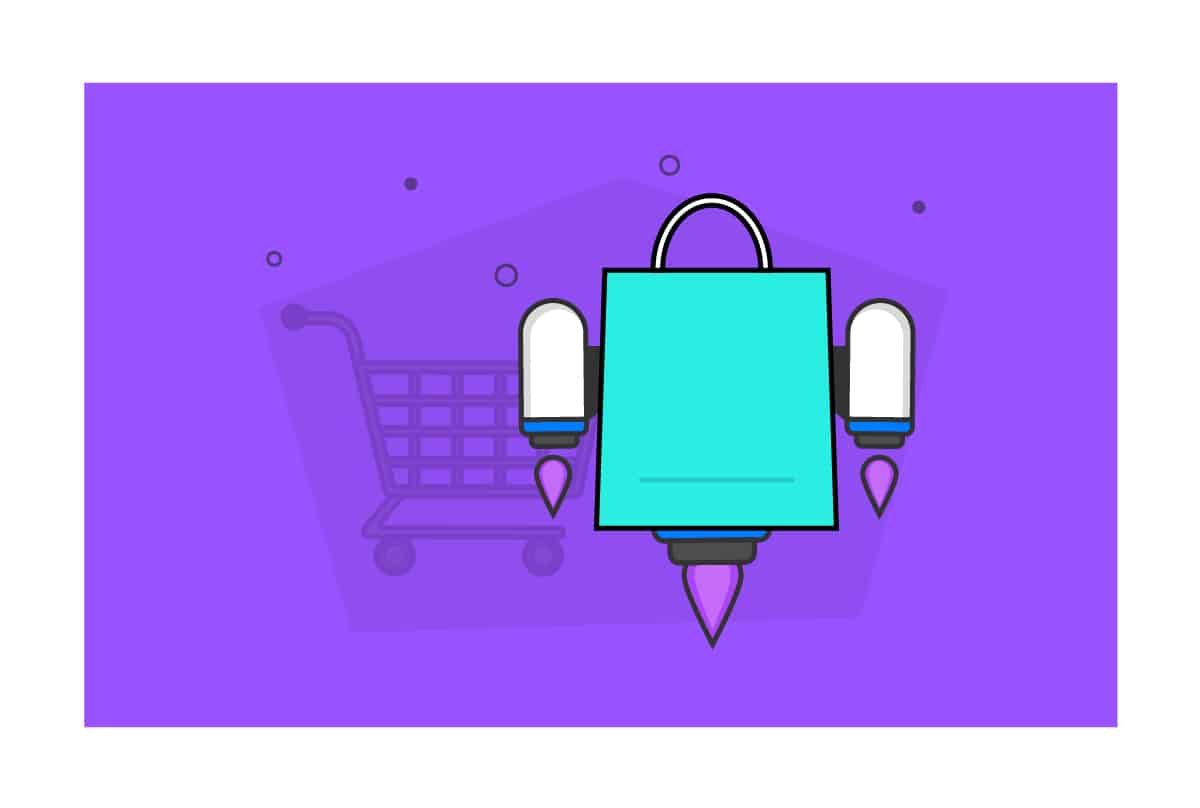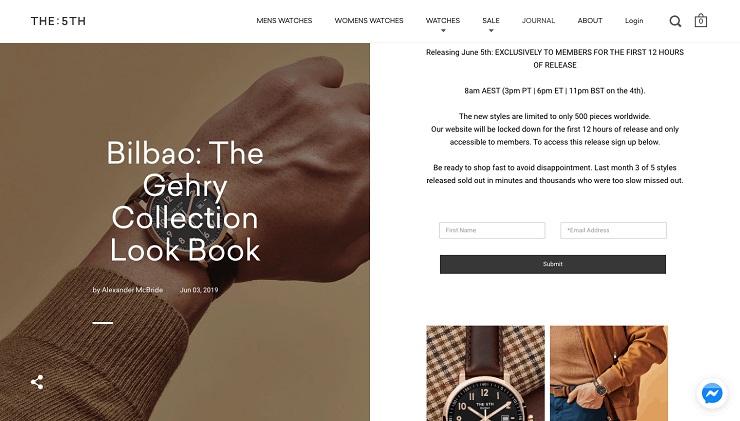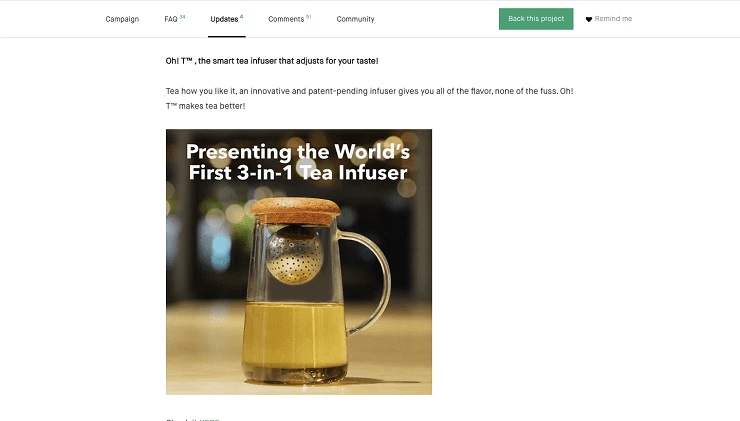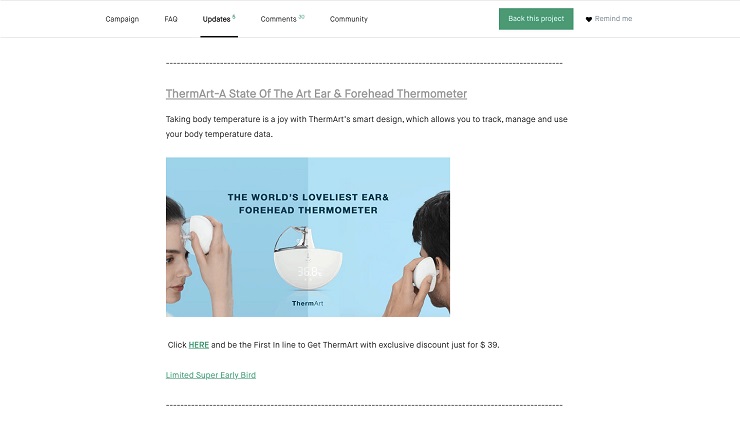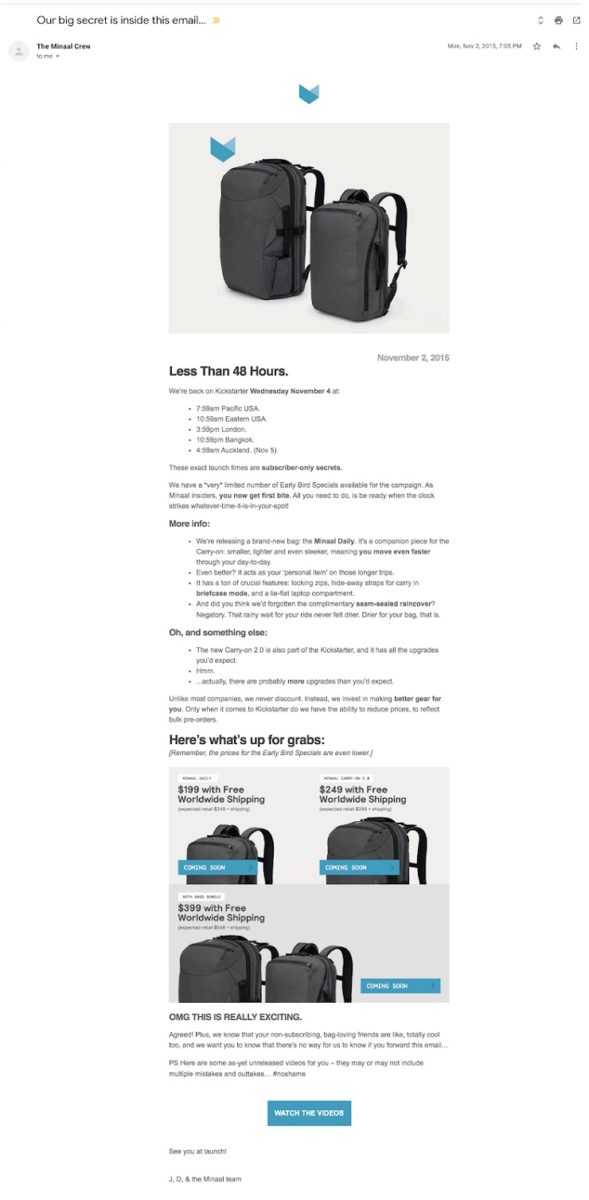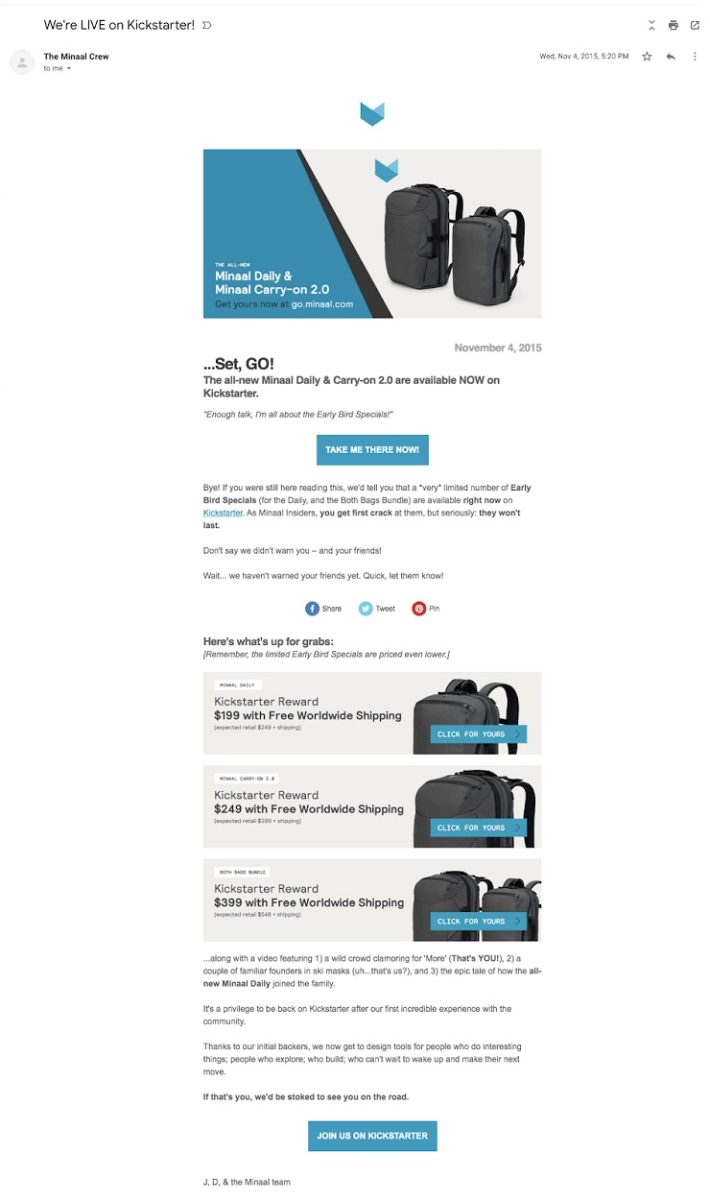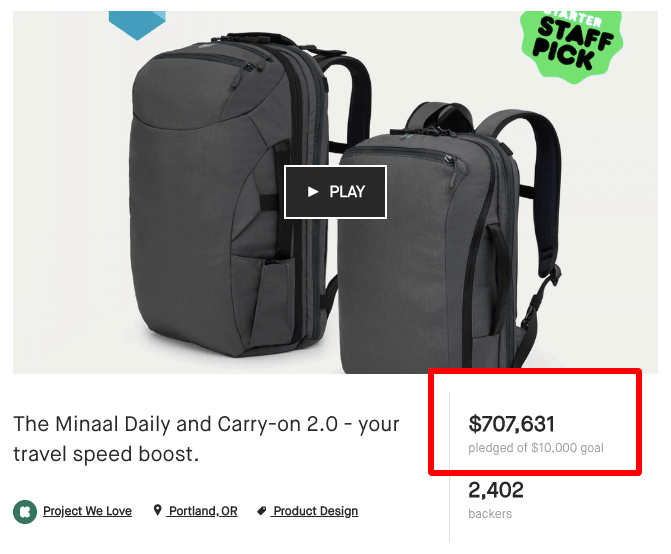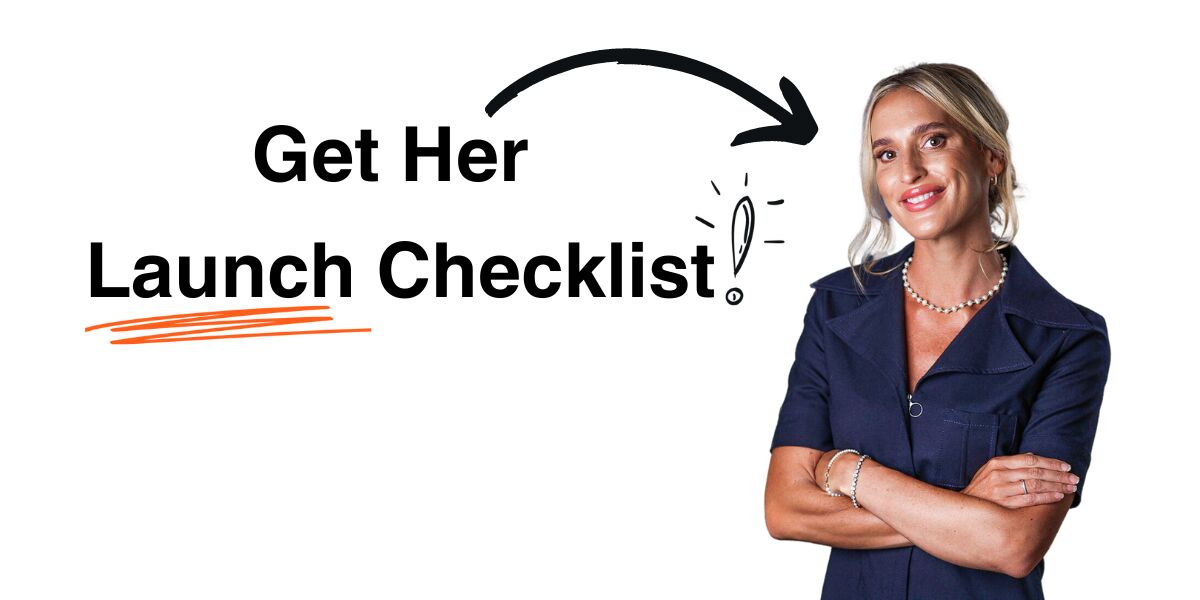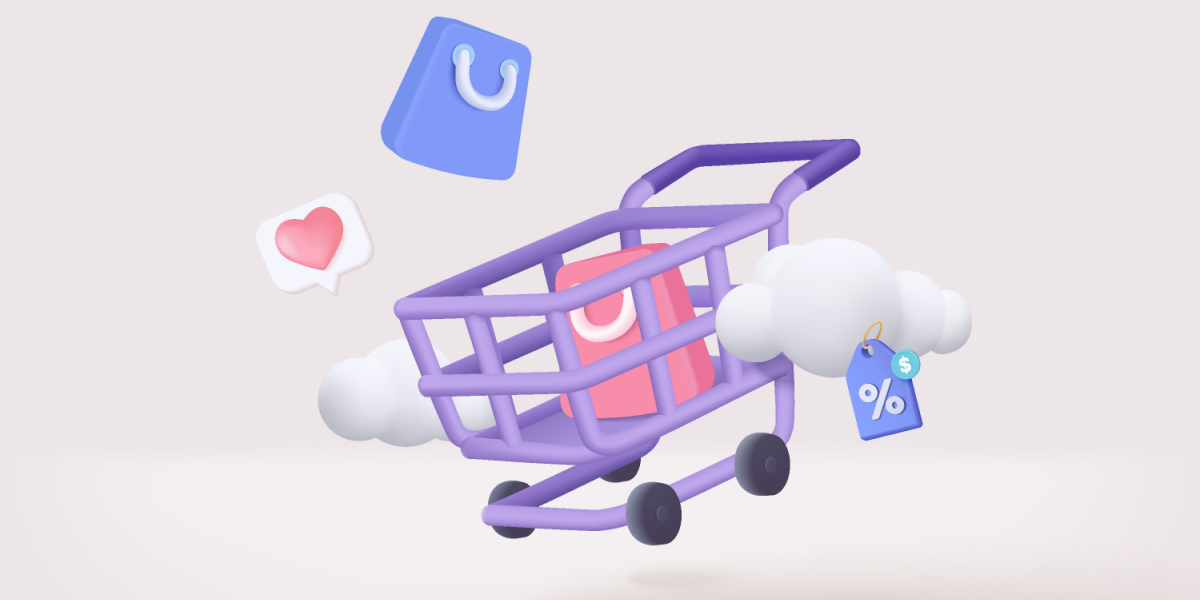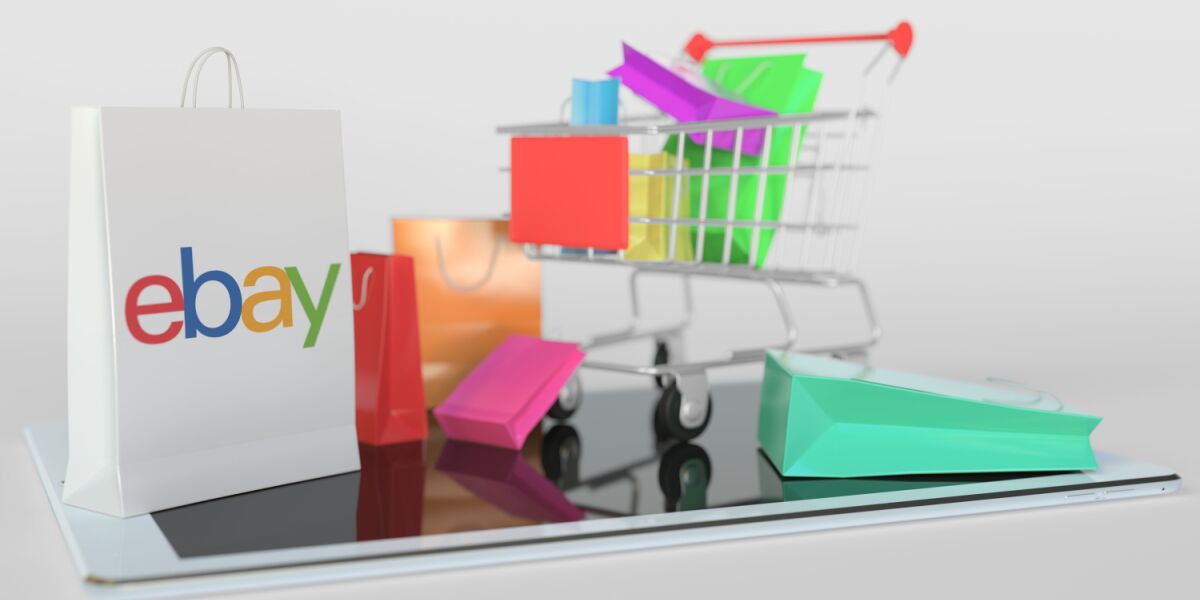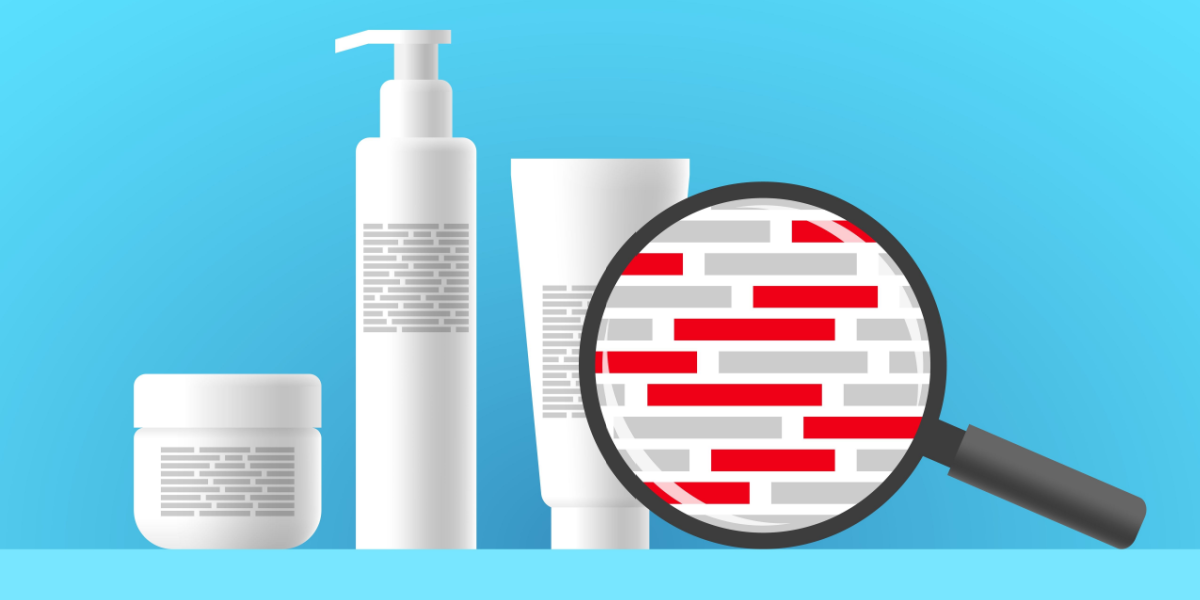Depending on who you ask, anywhere between 70% and 95% of new products fail. One of the main reasons for this high failure rate? Lack of preparation.
“Companies are so focused on designing and manufacturing new products that they postpone the hard work of getting ready to market them until too late in the game,” write Joan Schneider and Julie Hall, in Harvard Business Review.
Many aspiring ecommerce entrepreneurs are so eager to learn all about how to start an ecommerce business that they completely miss the importance of planning a product launch. As a former digital marketing consultant, I can tell you that a successful launch is all about what happens before the product actually launches. Think about it: Launch day lasts only 24 hours. Pre-launch lasts for months in advance.
If you’re starting an ecommerce business from scratch, your first product launch will be critical to your success. So I’m going to show you how to set up a great launch, including plenty of real-life examples to inspire you. Sound good? Let’s dive in!
Pick a Good Launch Date
Timing is everything, and never was that truism more true than when it comes to product launches. When picking a launch date, consider the following elements:
Marketing Efforts
Consider the time it will take you to design your landing page and full website, create marketing emails, set up social media profiles, and the like. Give yourself plenty of time to get these items done before the launch date.
Manufacturing and Shipping Logistics
You’ll also need to check with your manufacturer and fulfillment partners to make sure your product can ship in time for your planned launch.
Seasons
The holiday season is a popular time to launch for many products. The benefit is that most people are shopping during that time; the downside is that the competition among other businesses will be high. I’ve found that when I’ve run email marketing campaigns for clients during the Black Friday rush, open rates were unusually low. I think it’s because most people’s inboxes are being blitzed during that time, leading to email fatigue.
Personally, I’ve seen success launching in October, before the mad dash of Black Friday. People aren’t being marketed to as much yet, so they’re not worn out. Of course, it all depends on your niche, your product, and your audience.
Internal vs. Public Launch Date
Lastly, I highly recommend having an internal launch date that is before your real launch date. That’s because you need to do a dry run first. Many startups I’ve worked with didn’t launch on time because things ended up taking longer than anticipated, or there were some glitches a few days before launch. If you do a dry run, though, you’ll come across any flaws that need fixing before the big day, and your customers won’t experience a delay.
Put Up a Landing Page
Before every launch, you need to have a landing page to send potential customers to. A pre-launch landing page is simple: It’s one page with compelling copy about what’s coming and a call-to-action to sign up for the email list.
Below is an example from The 5th, an ecommerce brand that launches new watches on the fifth of each month for only five days. Notice the large image of the product, a few short sentences about what to expect, and then the email signup.
If you’ve got a developer on your team or have coding skills yourself, you can build your own landing page. But thankfully, you can easily create one even if you’ve never written a line of HTML in your life.
Here are some landing page builders you can use for your ecommerce pre-launch:
Build Buzz on Social Media
Work With Influencers
One great thing about ecommerce is you have physical products you can send to influencers so that they can feature them in their posts. So consider sending free product to influencers in exchange for honest reviews on their blog or features in their Instagram feeds.
To find influencers to work with, you can manually scour Instagram to find people within your niche who have large followings. This is what Gretta van Riel did when she first started her ecommerce business, SkinnyMe Tea. She’d find someone within her niche, screenshot their account, and leave a comment offering to send them free tea samples.
But manually searching for influencers can be time-consuming and may not tell you the important stats, like how engaged that person’s following is. So I recommend using one of the following paid tools to more easily find influencers based on niche, follower count, and engagement rate:
When Christina Fagan founded Sh*t That I Knit, she spent time finding micro-influencers and bloggers with about 5,000 followers and sending them free product. Thanks to using hashtags, finding the brand’s voice, engaging with the community, and working with micro-influencers, STIK’s 2015 Kickstarter launch hit its funding goal in less than 24 hours.
Then, STIK got its first celebrity endorsement from Kristin Cavallari. When the TV personality and entrepreneur shared a photo of herself wearing a Sh*t That I Knit beanie, that style and color sold out within an hour of the post and was backordered until Christmas.
To land this endorsement, Fagan reached out to Cavallari’s agent, who then provided a mailing address for Fagan to send free product (STIK hasn’t yet paid influencers to post about the brand). To get in touch with celebrities, try using subscription services like IMDbPro to find the contact information for their agents. For influencers, you can reach out directly via Instagram direct message or find their email address in their bio or website.
Build Your Brand and Community
“My biggest piece of advice is to create your brand before you create your product,” Fagan says. She spent the first year of her business creating a close community of people interested in hand-knit items. This community helped her by providing feedback as she grew her business, and to this day, she makes it a point to answer every comment and follow up with people who tag STIK in photos.
Schedule Your Posts With Social Media Tools
There’s a variety of scheduling tools that can make it easier for you to plan your social media presence so that you can focus on other things on launch day. Here are a few popular ones:
- Latergram – Works with Instagram, Facebook, Pinterest, and Twitter
- Buffer – Works with Instagram, Facebook, Twitter, Pinterest, and LinkedIn
- Sked Social – Previously known as Schedugram, Sked Social works with Instagram, Facebook, and Twitter.
- Hootsuite – Integrates with over 35 social networks
Build an Email List
Next, you’ll want to build an email list before you launch. These subscribers will turn into your first customers. Below, I’ll go over some list-building tactics you can use.
Giveaways and Contests
This is one of my favorite methods for gaining subscribers fast, but it comes with a caveat: People will often sign up for your list just because they want to win the prize—they may not actually have any interest in your product. This can lead to a low conversion and engagement rate for your list.
To avoid this, try to tie your prize as closely as possible to your actual product. For example, it wouldn’t be wise to give away a trip to Hawaii as a prize if your ecommerce business sells toothpaste; those two things are too unrelated for it to attract your target audience.
Because of that, making your product your giveaway prize is a good idea. For example, JewelScent ran a giveaway whose grand prize was one of their jewelry candles. This guaranteed that everyone who participated was actually interested in the product they sell. The giveaway attracted over 15,000 entries!
To host your giveaway, try one of these tools:
Co-marketing by Partnering With Other Businesses
This is similar to influencer marketing, except you’ll be working with fellow businesses. Be careful not to reach out to direct competitors. Instead, try to collaborate with complementary businesses.
Co-marketing is something that happens commonly on Kickstarter: Project creators ask other creators to give them shoutouts in their updates, and they’ll return the favor.
For example, ThermArt is a thermometer that’s trending in Kickstarter’s Design & Tech section, as is Oh! T (a tea infuser). The two projects, though in a similar category, are not competitors. You’ll notice that they cross-promoted each other in their updates.
Here’s ThermArt’s update on October 6, 2019:
And here’s Oh T’s update on October 7, 2019:
ThermArt expanded its reach to Oh T’s backers, an audience that is interested in beautifully designed products, and vice versa. The two products are similar enough to appeal to the same audience, but different enough that they don’t compete for that audience’s dollars.
Friends and Family
Never underestimate the power of asking your friends and family for help. Send them personalized messages to let them know about your launch, and ask them to share the news.
Noah Kagan launched his podcast with the help of family and friends. And when Alex Lieberman launched the now 8-figure newsletter, Morning Brew, his first sign-ups were family and friends. So be sure to send your loved ones the link to the landing page you created in the previous step!
Free Gifts for Subscribing Early
People love free stuff. Brainstorm gifts you can give away to reward subscribers for joining your pre-launch list or purchasing product within a set timeframe ahead of launch. For example, for her launch, Amy Mitchell of eco-friendly shaving company Lisse offered subscribers a free gift if they purchased within 48 hours. Giving subscribers a deadline will drive urgency and increase conversion rates.
Schedule Automated Launch Emails
By using email marketing software, you can pre-schedule all of your emails. That way, you can stay focused on the many other items on your to-do list come launch day. Some popular tools include:
- Mailchimp – Mailchimp is a great place to start, as it’s free up to 2,000 subscribers. It also has email templates if you prefer a more graphics-heavy email.
- MailerLite – MailerLite is free up to 1,000 subscribers.
- ConvertKit – ConvertKit’s plans start at $29/month for up to 1,000 subscribers. ConvertKit does not do graphics-heavy emails. Instead, it relies on text-based emails, which can improve deliverability.
Create Your Launch Emails
Try creating a three-part launch email series, which will include:
- Pre-launch email (2 weeks before)
- Pre-launch email (48 hours before)
- Launch day email
One of my favorite examples of this is from ecommerce brand Minaal, which sells travel bags. For their Kickstarter for the Minaal Carry-On 2.0, they sent their first email out three weeks before launch. Check out the screenshot of it below. I like the way it builds anticipation with a single photo and involves audience participation by asking them to send in clips for their Kickstarter video. The one improvement I would make is to tell subscribers the exact date of the launch, but maybe they weren’t sure of their launch date yet.
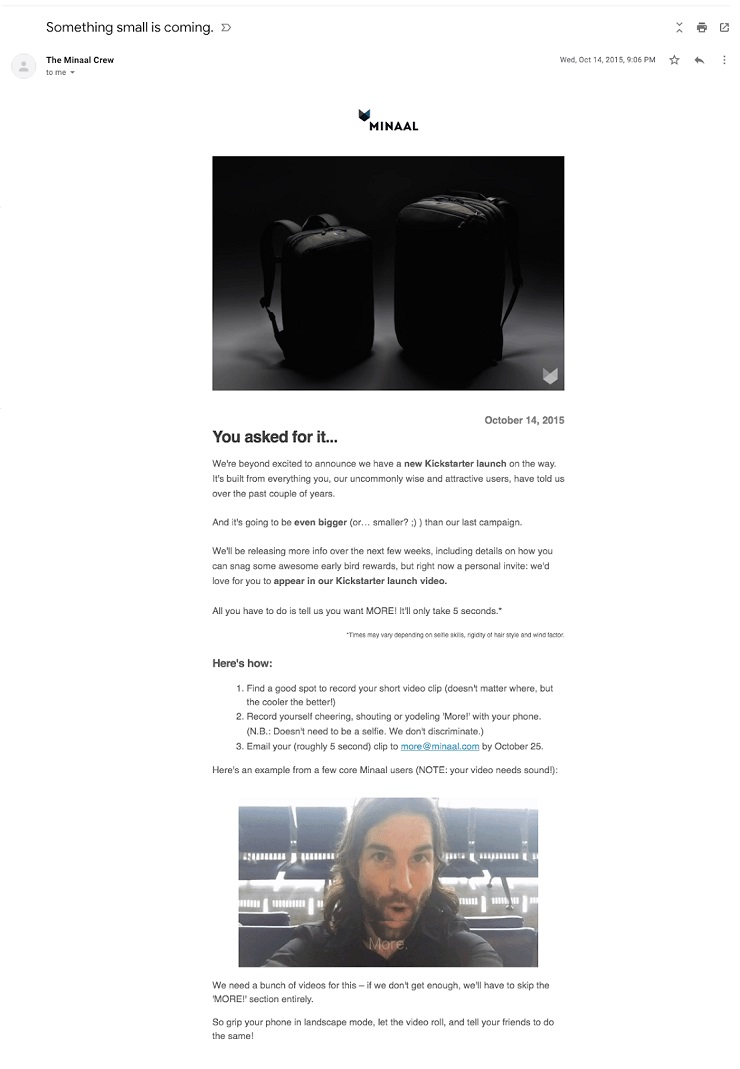
The final email in this three-part launch series came on launch day. Take note of the big call-to-action button saying “Take me there now!” Again, Minaal reminds subscribers that there is a limited number of early bird specials, giving them a sense of urgency.
The results? Minaal’s Kickstarter ended up exceeding its funding goal by over $690,000!
Prep for Press
Every founder dreams of their business making headlines in a major outlet, but even getting mentions in smaller publications can lead to some big results for your traffic on launch day. Below are some ideas for increasing your chances of getting press for your launch:
Start Building Relationships Long Before Launch
Journalists may be more likely to cover you if you’ve built a relationship with them beforehand. They receive tons of pitches in their inboxes every day. If you want to stand out, get to know them beforehand. This can begin with following them on Twitter or other social media, making meaningful comments on their articles, and genuinely getting to know what kind of work they do. It’s a big mistake to pitch blindly because you may end up pitching a reporter who doesn’t even cover your industry. Do your research beforehand.
Gather a List of Contacts
There are a few ways you can find journalists within your niche who might be interested in your launch:
- Start with competing businesses. If you’ve done your market research, you should know who your competitors are. Do a Google News search of your competitors to see if they’ve had any press mentions. Take note of the journalists who covered them; these same reporters are likely to be interested in your product if it’s got a unique angle.
- Read the bios of journalists at an outlet you hope to be mentioned in. Make a list of relevant publications in your niche, and then get familiar with its writers. You’ll start noticing which reporters cover which topics, making it easier for you to select the appropriate ones to reach out to.
- Use a paid tool like NinjaOutreach. More than just a tool for finding influencers, you can also use NinjaOutreach to find journalists who might be interested in writing about you.
Use a Spreadsheet or an App Like Streak
I used to create spreadsheets to track media relationships, but now I prefer to use Streak, a CRM that integrates with your Gmail to easily track and manage media outreach emails.
Consider Exclusives or Embargos
Use these sparingly and only if you know what you’re doing. An exclusive means that only one media outlet will get to cover the story, so don’t tell someone it’s an exclusive if you plan to also pitch it to another outlet. And an embargo requests that the outlet not publish the information until a certain date. A word to the wise though: Embargos should be mutually agreed upon between you and the reporter. Otherwise, the reporter has no real obligation to adhere to your requirements.
My advice? Unless you have a super unique product or a timely news hook, don’t bother with exclusives or embargos. Instead, to increase your chances of getting press coverage, send personalized pitches to multiple outlets that cover your niche.
Distribute Press Releases
Write a press release and then distribute it using PR Newswire or PRWeb. There’s some debate over whether press release distribution is actually meaningful, and I’m going to argue that it is if you have the budget for it. There are a lot of news sites out there that simply publish whatever comes through the press release distributor, so you could get some sweet backlinks, which help with SEO.
You can also include a press release in your emails to journalists, but I’d recommend pasting a link to it and then personalizing your email pitch. Journalists are weary from all the cookie-cutter press releases landing in their inboxes. Make yours stand out with personalization.
Sign up for HARO
Register as a source with HARO, and you’ll get daily emails from journalists looking for people to interview for their stories. Scour these emails for any opportunity to be included as a source, even before launch. The more you can get your name out there pre-launch, the better. On top of that, this could spark a working relationship with a reporter who might cover your ecommerce business later when you launch.
Submit to Product Hunt
Product Hunt is a popular website that helps people find the latest and greatest in the startup world. You can submit your product, and the goal is to get “featured,” meaning you show up on the front page. To get there, you need to get enough upvotes as quickly as possible. Getting featured can lead to press mentions, since many tech journalists are looking to discover up-and-coming startups on Product Hunt. There are ways to increase your chances of getting featured on Product Hunt, including being an active member of the community beforehand and getting top Hunters to submit your product.
Ready, Set, Launch! Time to Bring Your Product Launch to Life
Whew, you made it—launch day is finally here! All your planning over the past several months will finally come to fruition. If you followed my advice earlier and scheduled everything from emails to social media posts, you won’t have to worry about pulling all the levers on launch day.
Even so, you need to be at your computer to ensure everything goes off without a hitch. Technical glitches may happen, which is why you should be alert during launch day. You might also get a flood of questions from customers and media, so be prepared to respond promptly. If you’ve got a support team, make sure they’re ready to answer questions from customers.
Once launch day is over, you might think you can sit back and relax, but in many ways, the real work begins. Now that you’ve (hopefully) gotten a huge influx of orders, it’s time to process and ship them!
Additionally, be sure to follow up with journalists and influencers, thanking them for covering or promoting you. You might want to work with them again in the future, so it’s important to maintain good relationships. When you reach out to journalists, let them know that you’re available for interviews should they ever need a source in the future, and specify which topics you can talk about (such as nutrition, beauty, camping, etc.).
As for your email and social media marketing, now is not the time to go silent. Keep the momentum going with regular marketing emails and social media updates.
Here’s a recap of the pre-launch steps we covered in this post:
- Pick a good launch date
- Put up a landing page
- Build buzz on social media
- Build an email list
- Create your launch emails
- Prep for press
While most new products fail due to a lack of preparation, armed with these tips, you’ll be able to rise above the pack.
Are you starting an ecommerce business from scratch? In the comments below, share one lesson you’ve learned as you prepare for launch.
